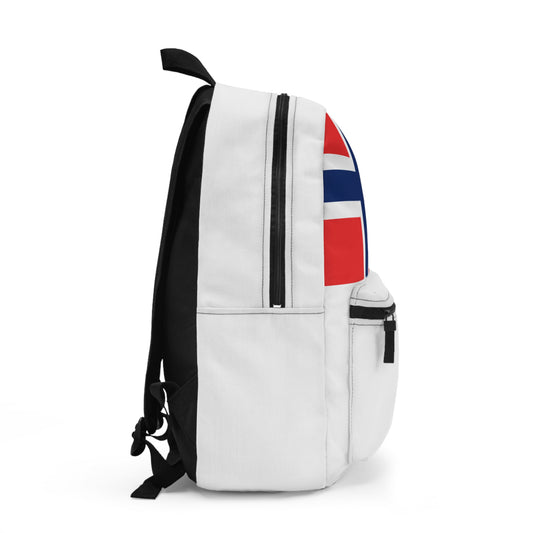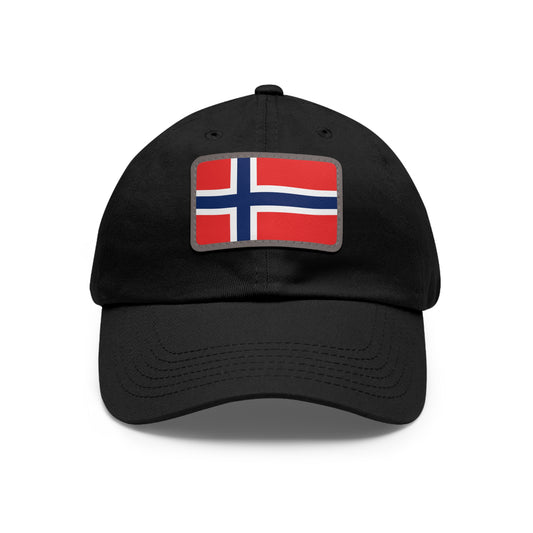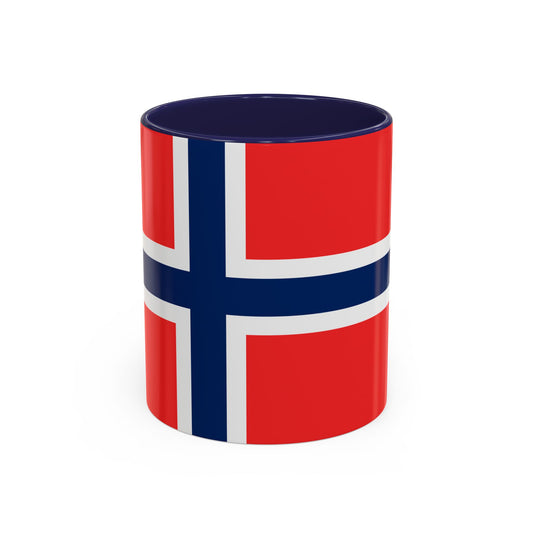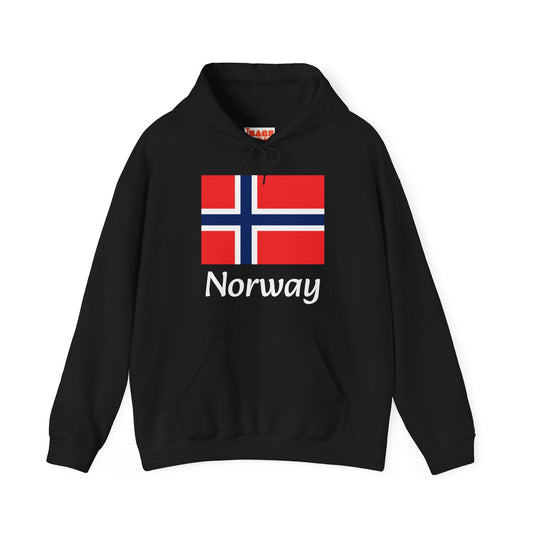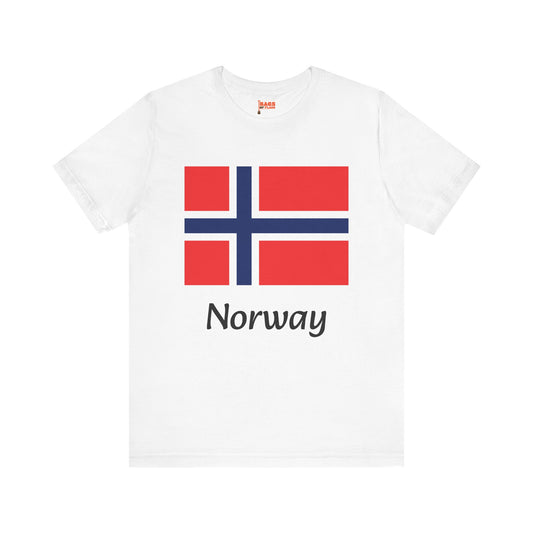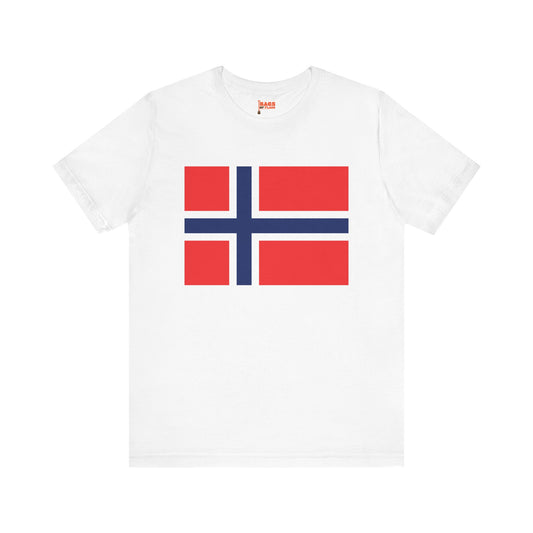-
Norway Sweatshirt
Regular price $34.15 USDRegular priceUnit price / per -
Norway Flag Sweatshirt
Regular price $34.15 USDRegular priceUnit price / per -
Noreg Sweatshirt
Regular price $34.15 USDRegular priceUnit price / per -
Norway Pillow
Regular price $22.65 USDRegular priceUnit price / per -
Norway Backpack
Regular price $59.79 USDRegular priceUnit price / per -
Norway Leather Patch Hat
Regular price $18.85 USDRegular priceUnit price / per -
Norway Mug
Regular price $11.65 USDRegular priceUnit price / per -
Norway Trucker Cap
Regular price $14.90 USDRegular priceUnit price / per -
Norway Hoodies
Regular price $34.40 USDRegular priceUnit price / per -
Norway T-shirts
Regular price $22.79 USDRegular priceUnit price / per -
Norway Flag Hoodies
Regular price $34.40 USDRegular priceUnit price / per -
Norway Flag on T-shirt
Regular price $22.79 USDRegular priceUnit price / per -
Noreg T-shirts
Regular price $22.79 USDRegular priceUnit price / per -
Noreg Hoodies
Regular price $34.40 USDRegular priceUnit price / per
Collection: Norway
The Norway flag, a striking red, white, and blue design, holds significant historical and cultural importance for the nation. We will delve into the fascinating stories behind the colors and symbols of the Norway flag, exploring its design, historical context, symbolism, current relevance, and additional facts surrounding its use.
Overview of the Norway Flag Design and Colors

At the heart of the Norway flag lies a bold and dynamic design characterized by a deep red field crossed by a blue cross with white borders. This distinctive pattern is not merely a matter of aesthetic choice but resonates deeply with Norway's cultural and historical ethos. The blue cross, aligned to the flag's left side or hoist side, reaches its edges, dividing the red field into four rectangular sections of unequal size. This layout creates a sense of movement and balance, mirroring the harmonious nature of Norwegian society.
The choice of red, white, and blue as the primary colors of the flag is deeply symbolic, reflecting a connection to the broader Nordic tradition. These colors are shared with other Nordic countries, signifying a shared heritage and values. The red background evokes strength and valor, embodying the resilience and courage of the Norwegian people throughout their history. Standing bold against the red, the blue cross represents vigilance, truth, and loyalty, core to Norway's national identity. Including white, framing the blue cross introduces a contrast symbolizing peace, purity, and the aspiration for unity among Norwegians.
This tri-color scheme is a nod to Norway's past affiliations with other Nordic nations and a statement of independence and self-determination. The color combination and specific design elements were chosen to distinguish the Norway flag from those of other countries and highlight its unique national character.
The design of the Norway flag is a study of symbolic complexity. Each element—from the color choices to the positioning of the cross—tells a story of national identity, cultural continuity, and forward-looking optimism. The flag stands as a testament to Norway's rich history, values, and aspirations, making it an emblem of national pride and unity.
Historical Context of the Norway Flag
The journey to the official adoption of the Norway flag in 1821 is a narrative steeped in the quest for national identity and autonomy. The path was marked by Norway's intricate historical relationships with Denmark and Sweden, leading to a period where it sought to establish a distinct symbol that encapsulated its sovereignty and cultural integrity. The flag, as we recognize it today, with its vibrant colors and unique design, emerged amidst Norway's fervent push towards independence, becoming a symbol of freedom and national pride.
Before the current design was settled upon, Norway utilized various flags reflecting its union with Denmark and later with Sweden. During the period under Danish rule, Norway used the Danish flag, and during the union with Sweden, flags that indicated this association were common. However, the desire for a purely Norwegian symbol grew more robust in the early 19th century, culminating in the creation of the flag we know today.
Designed by Fredrik Meltzer, a member of the Norwegian parliament, the flag's adoption was a statement of Norway's distinct national character. It differentiates itself from its Scandinavian neighbors while still acknowledging a shared heritage. The choice of the Nordic cross layout was a nod to this shared cultural background, but the colors were distinctly chosen to set Norway apart.
The flag's official use began in 1821, but the final adjustments were made in 1898, solidifying the design that flies across the country today. This final iteration came when Norway was on the cusp of entirely severing its union with Sweden. This event would occur in 1905, further emphasizing the flag's role as a symbol of independence and national unity.
The flag's adoption and the subsequent adjustments reflect a broader narrative of Norway's struggle for independence and its commitment to establishing a unique national identity. The design decisions, influenced by both domestic aspirations and the wider Nordic context, underscore the complex journey toward realizing a flag that would embody the spirit and aspirations of the Norwegian people.
Symbolism Embodied in the Norway Flag

The Norway flag is rich in symbolism, each aspect carefully chosen to reflect the nation's values, history, and aspirations. The primary colors—red, white, and blue—do not merely create a visually appealing design but carry deep meanings rooted in Norwegian heritage. The red field serves as a backdrop, symbolizing the courage and resilience of the Norwegian people. It reflects their courage and strength in facing historical challenges, from battling harsh natural environments to striving for national independence.
The blue cross, prominently featured against the red, is more than a geometric figure. It signifies the enduring connection to the broader Nordic region, a nod to a shared history and cultural values among the Scandinavian countries. This feature underscores Norway's sense of belonging to a broader community while asserting its unique identity. The cross, reaching the flag's edges, suggests the Christian tradition, which has significantly shaped Norwegian society and moral values.
Encasing the blue cross, the white borders add a new layer of meaning to the flag's symbolism. White is universally recognized as a color of peace and purity, reflecting Norway's commitment to these ideals both internally and in its international relations. The inclusion of white also adds a visual contrast that emphasizes the flag's other elements, enhancing its symbolic representation of balance and unity among the Norwegian people.
Together, these colors and their arrangement convey a message of pride, resilience, and a forward-looking optimism that resonates with Norwegians. The flag's design embodies a blend of historical reverence and a contemporary vision for the future, making it a powerful symbol of national identity and collective memory. Through its colors and symbols, the Norway flag narrates the story of a nation that values its heritage, champions peace, and looks ahead with hope and determination.
Current Relevance of the Norway Flag
Today, the Norway flag plays a vital role in the fabric of Norwegian society, marking its presence at a wide array of significant events and ceremonies. Its appearance is not limited to occasions of national importance such as Constitution Day, which symbolizes unity and national pride but extends to everyday moments, flying outside homes, schools, and public buildings as a constant reminder of the nation's identity and values.
In military contexts, the flag is deeply respected, often featured in parades and commemorations that honor the service and sacrifices of Norwegian armed forces. Its role in such ceremonies underscores the flag's significance as a symbol of the country's sovereignty, resilience, and the enduring spirit of its people.
Despite its widespread acceptance and use, the Norway flag has occasionally been the center of debates and discussions, reflecting the evolving nature of society and politics. These conversations typically revolve around national representation, historical interpretation, and the flag's role in a modern, multicultural Norway. Such discussions indicate a vibrant democracy where symbols of national identity are critically examined and reinterpreted in light of contemporary values and challenges.
The Norway flag's relevance today extends beyond its historical roots and symbolic meanings, serving as a living emblem of the nation's past achievements, present realities, and future aspirations. Its ubiquitous presence on solemn and celebratory occasions speaks to its integral role in shaping and expressing the collective consciousness of Norway's people.
Additional Facts and Protocols Surrounding the Norway Flag
Norwegian flag etiquette is marked by customs and regulations that underscore the nation's respect for its most potent symbol. Strict guidelines dictate the proper display and handling of the flag to ensure it is treated with the reverence it deserves. For instance, when displayed outdoors, the flag is traditionally hoisted at sunrise and must be taken down by sunset as a sign of respect. On days of significant national mourning or remembrance, it is expected to see the flag flown at half-mast, a poignant symbol of the nation's collective sorrow or respect.
One of the more unique aspects of Norwegian flag protocol involves the specific times and occasions for flying the flag. While the flag is expected to be displayed on government buildings and private residences during national holidays like Constitution Day, there are also prescribed days dedicated to the royal family’s birthdays and other important state events when the flag is proudly flown.
An interesting protocol regarding the flag is its use in educational institutions. Many schools across Norway start the academic year with a flag-raising ceremony, instilling a sense of national pride and unity among students from a young age. This practice highlights the flag's role as a national symbol and an educational tool that fosters a deeper understanding of Norway's history and values.
The reverence with which Norwegians treat their flag is also evident in the rule prohibiting any form of advertisement or commercial use, preserving its dignity, and ensuring that it remains a symbol of the nation's identity, heritage, and values.










